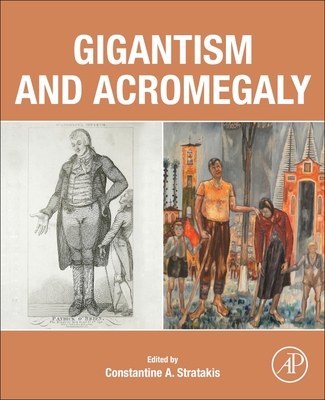Clinical and Molecular Heterogeneity of Osteogenesis Imperfecta (Colloquium Series on Genomic and Molecular Medicine)
暫譯: 骨生成不全症的臨床與分子異質性(基因組與分子醫學研討會系列)
Meena Balasubramanian
- 出版商: Morgan & Claypool
- 出版日期: 2017-01-31
- 售價: $1,280
- 貴賓價: 9.5 折 $1,216
- 語言: 英文
- 頁數: 76
- 裝訂: Paperback
- ISBN: 1615047441
- ISBN-13: 9781615047444
海外代購書籍(需單獨結帳)
商品描述
Osteogenesis imperfecta (OI) is a disease encompassing a group of disorders mainly characterized by bone fragility and is the commonest form of heritable bone fragility. In this book, the clinical presentations with particular emphasis on rare phenotypes associated with OI are discussed together with molecular advances in diagnosis and treatment of OI. There is a broad spectrum of clinical severity in OI, ranging from multiple fractures in utero and perinatal death, to near-normal adult stature and low fracture incidence. Facial dysmorphism has been noted, but is not well described, nor is it an invariable feature. Sillence et al., in 1979, provided the clinical classification, which has been further expanded. Genetic defects in type 1 collagen can be identified in 85% of patients with a clinical diagnosis of OI, that is, mutations in COL1A1/COL1A2, which follows an autosomal dominant pattern of inheritance. Several genes have now been implicated in autosomal recessive forms of OI and X-linked osteoporosis. Given the possible antenatal presentation and prognosis associated with OI, it is important to make this diagnosis early and be able to distinguish this from other lethal skeletal dysplasias. It is also important to distinguish nonaccidental injury from a pathological cause of fractures, such as OI, and diagnose this promptly in these situations. However, this is not always possible due to variability in presentation and inability to pinpoint the precise genetic etiology despite extensive genetic testing. OI is one such rare genetic condition where treatment is available in the form of bisphosphonates, which has a huge impact on quality of life. Despite advances in medical therapy, multidisciplinary management including physiotherapy remains the mainstay of treatment and improved outcomes in OI.
商品描述(中文翻譯)
骨生成不全症(Osteogenesis imperfecta, OI)是一種涵蓋一組疾病的病症,主要特徵為骨骼脆弱,是最常見的遺傳性骨骼脆弱形式。本書討論了臨床表現,特別強調與OI相關的罕見表型,以及在OI的診斷和治療方面的分子進展。OI的臨床嚴重程度範圍廣泛,從胎內多次骨折和圍產期死亡,到接近正常的成人身材和低骨折發生率。面部畸形已被注意到,但描述不多,也不是一個不變的特徵。Sillence等人在1979年提供了臨床分類,該分類已進一步擴展。85%的臨床診斷為OI的患者可以識別出1型膠原蛋白的基因缺陷,即COL1A1/COL1A2的突變,這遵循常染色體顯性遺傳模式。目前已知幾個基因與常染色體隱性形式的OI和X連鎖骨質疏鬆症有關。考慮到OI可能的產前表現和預後,及早做出此診斷並能夠將其與其他致命性骨骼發育不良區分開來是非常重要的。在這些情況下,及時區分非意外性損傷與病理性骨折原因(如OI)也很重要。然而,由於表現的變異性以及儘管進行了廣泛的基因測試但無法確定精確的遺傳病因,這並不總是可能的。OI是一種罕見的遺傳疾病,治療可用雙磷酸鹽,對生活質量有巨大影響。儘管醫療療法有所進展,但包括物理治療在內的多學科管理仍然是OI的主要治療方法和改善結果的基石。






























